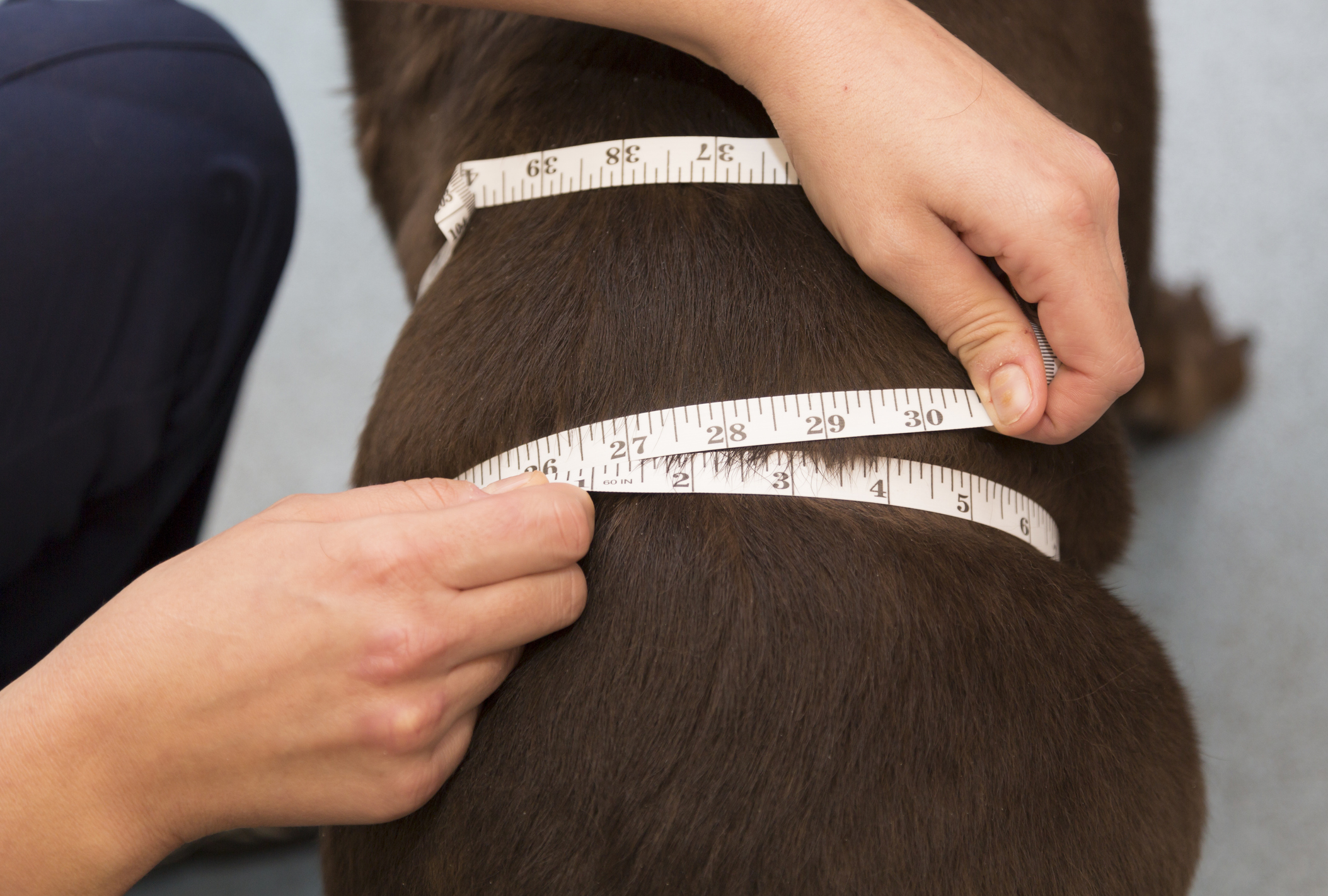
These Changes to Your Dog's Skin May Point to Cushing's Disease
Hormones are a necessary aspect of your dog’s development and health—by regulating all bodily symptoms, the hormones your pup’s body produces ensures that their health stays in check. That is, as long as their hormone levels are balanced.
Hormonal imbalances in dogs can result in rapidly declining health, as is the case with Cushing’s disease. In addition to typical symptoms of illness, this endocrine disorder can affect your dog’s skin in many ways, potentially clueing you into their condition.
What is Cushing’s disease?
Cortisol, sometimes referred to as the stress hormone, helps regulate your dog’s immune system and respond to stress. Like all hormones, cortisol levels need to be in balance in order to avoid potential health problems.
In the case of Cushing’s disease, or hyperadrenocorticism, an overabundance of cortisol can cause a range of symptoms that can ultimately lead to damage throughout your dog’s body. Dogs with Cushing’s disease are at risk of developing high blood pressure, kidney damage, urinary and/or skin infections, exercise intolerance, obesity and more.
Cushing’s disease can develop in a few different ways. The most common cause, however, is the development of a benign tumor on your dog’s pituitary gland. This gland, which is located at the base of the brain, ensures adequate hormone levels. If a tumor grows on the gland, its ability to regulate hormones may be disrupted. This form of Cushing’s disease is called pituitary-dependent hyperadrenocorticism.
Other forms of Cushing’s disease may be caused by a tumor on the adrenal gland near the kidney (adrenal-dependent hyperadrenocorticism) or by long-term corticosteroid use (iatrogenic Cushing’s disease). The latter form of Cushing’s disease may be reversible by stopping medication, while the pituitary- or adrenal-dependent forms will require a more complex treatment plan.
Cushing’s disease is most commonly found in senior dogs. Unfortunately, this means that their symptoms may be thought to be associated with aging instead of disease, potentially allowing the condition to progress without treatment for a long time.
Skin changes to be aware of
Canine Cushing’s disease can manifest in many ways. Some of the symptoms of Cushing’s disease are generic signs of illness in dogs, or symptoms that could indicate a range of illnesses, including lethargy, muscle weakness and increased hunger, thirst and urination.
However, some of the symptoms are more unique. As the disease progresses, many of these signs may show up in your dog’s skin or overall appearance, such as:
- Obesity: Due to an increased appetite and low energy levels, dogs with Cushing’s disease may gain excess weight and become obese.
- Pot belly: In addition to weight gain, dogs may begin to look bloated or potbellied due to enlargement of the abdomen.
- Thin skin: If you pick up a loose section of your pup’s skin, you may notice that it is much thinner or fragile than normal.
- Bruising: Cushing’s disease may cause fragile blood vessels, leading to more frequent bruising on your dog’s skin.
- Hair loss: Hair loss is quite common in dogs with Cushing’s disease, particularly on the back and sides of the body.
- Frequent skin infections: Skin infections happen occasionally in dogs, but those suffering from Cushing’s disease are more likely to develop them. This may result in lesions on the skin.

Generally, it’s a good idea to conduct routine checks of your dog’s skin and coat to check for signs of infection, lumps and bumps or other abnormalities. During these checks, you may notice these symptoms and can be clued in to your dog’s illness.
Treating and managing Cushing’s disease
Unfortunately, after you discover the symptoms of Cushing’s disease in your pet, their disease might have progressed significantly. The only way to be sure is to take them to your vet to be examined. Diagnosing Cushing’s disease is not easy. Multiple tests are usually necessary to reach a full diagnosis and determine the proper course of treatment.
Dogs with adrenal gland tumors may be eligible for surgery to remove the tumor, which will effectively cure their condition. However, tumors that have spread to other locations may require more extensive treatment.
Tumors that cannot be surgically removed, including most pituitary gland tumors, will likely be treated with medication. Drugs like trilostane are typically prescribed to manage excess cortisol production. Unfortunately, these medications can come with significant side effects, so some vets may not recommend them until your dog’s disease has progressed to the point of danger.
Before beginning and/or while taking these medications, dogs may benefit from also taking an adrenal support supplement, which use herbal ingredients to regulate levels of cortisol and achieve hormonal balance within the body. Supplements like these may provide an added level of support and comfort to your pup.
After beginning their medication for Cushing’s disease, your pet will need to be monitored closely and seen by a vet on a routine basis to ensure no damage is being done to their bodies by the potent drugs. By adhering to your vet’s instructions, administering medication properly and closely monitoring your pup’s condition, you can help them live a comfortable life in spite of their disease.


